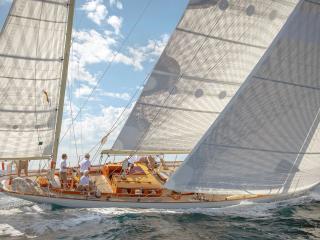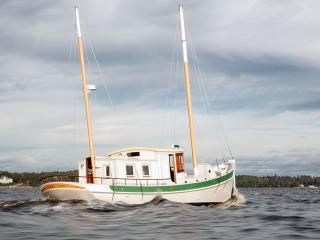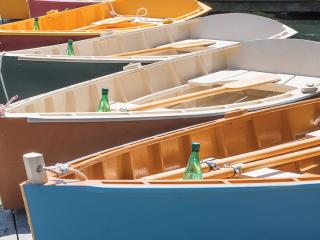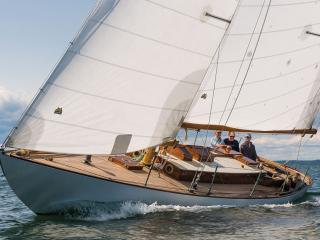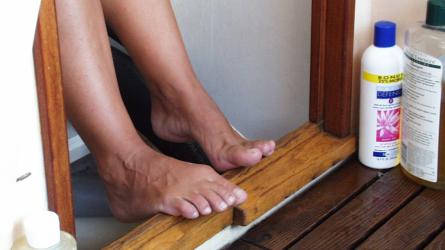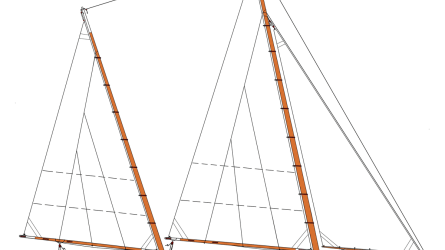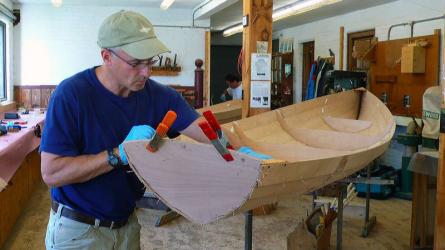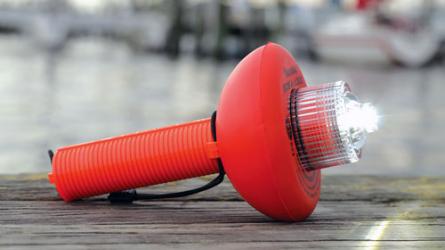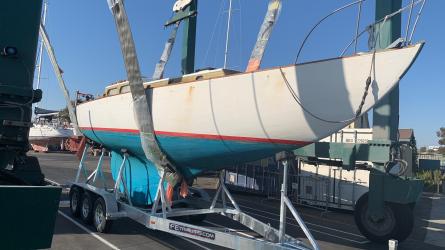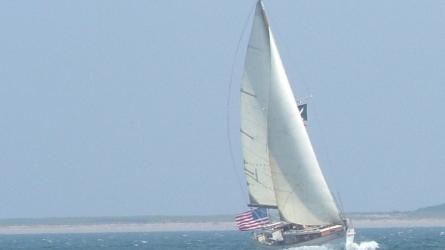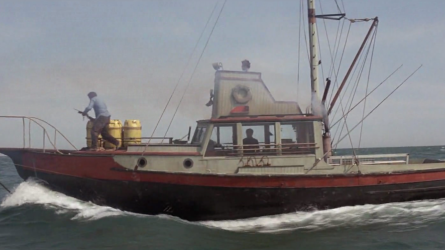January / February 2019
GAYA
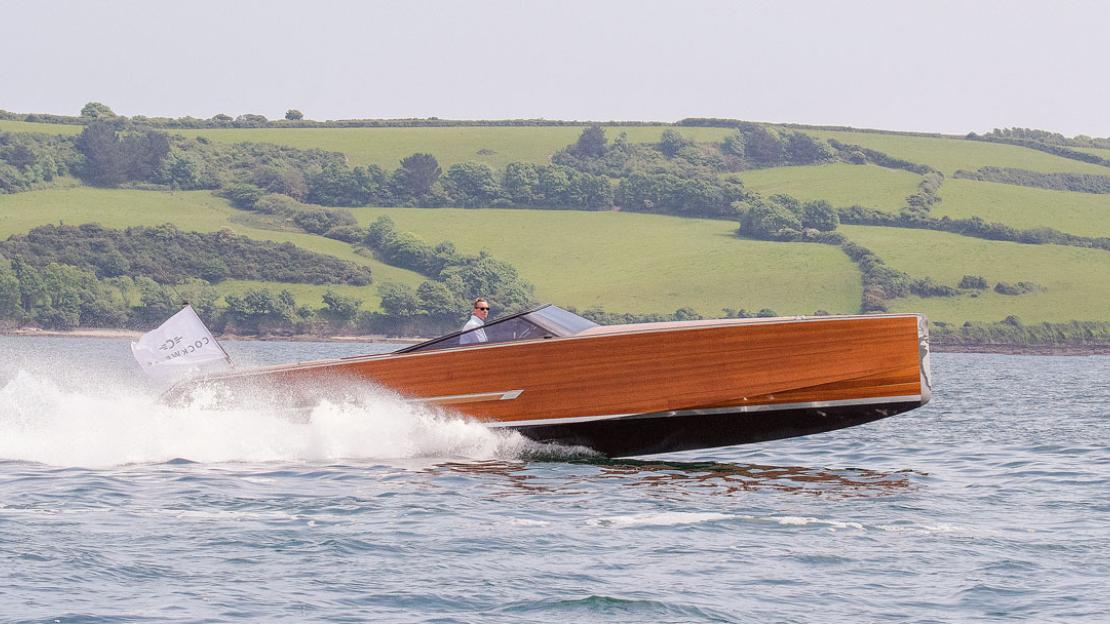
GAYA, a new high-speed launch from the U.K.–based Cockwells Modern and Classic Boatbuilding, began life a decade ago as a conceptual superyacht tender. Two years ago, a Mediterranean-based client commissioned the design’s completion as a coastal day launch.
About 10 years ago, Dave Cockwell, managing director of Cockwells Modern and Classic Boatbuilding (see article, page 58), was keen to enter the blossoming superyacht-tender business. So he formed a partnership with the yacht design firm of Redman Whitely Dixon and asked them to produce a concept design for both companies to promote. The result was a simple plan view and elevation of a 31' launch with a clear matte finish. “I think it was a little bit before its time and a little bit too radical,” Cockwell said, “but I really liked the purity of the design, so we kept it in our brochure.”
The design attracted much interest, but it wasn’t until October 2016 that a client came forward and placed an order—and gave Cockwells’ in-house design team a free hand to complete the design. The original intention was that it would be built in carbon composite with an exterior veneer of wood, but Cockwell decided that it would be better to build the whole thing in wood. This was partly because a one-off is much quicker and more efficient to build that way but also because the significantly lighter weight of a carbon-fiber boat would not have been an advantage in this case. He knew that a heavier wooden boat could easily achieve the speed the client expected with a pair of water jets driven by 320-hp engines and that it would also have better seakeeping qualities and a more comfortable ride. Although the initial design was conceived as a superyacht tender, GAYA, as the new boat would be called, was not commissioned for that purpose. Rather, she would be used as a launch primarily for day trips along the Mediterranean coast. To make her more usable for that purpose, the length was increased by 3' to enlarge the cockpit seating area.
Although Cockwell is not a trained naval architect, his considerable boatbuilding experience allowed him to develop the hull lines himself. These included a stepped bottom section—or a “split deadrise,” as he calls it—over the aftermost 16' of the hull. Close to the centerline, the deadrise at the transom is 13 degrees, reaching 16 degrees 11' forward from the transom edge. This angle suits the water-jet propulsion. Farther outboard, toward the chines, the deadrise increases to 19 degrees at the transom and 21 degrees at the 11' mark, a shape that Cockwell said “would give a better ride and more grip in the turns.” The split deadrise also allows the engines to be mounted low in the boat and farther apart than they otherwise could have been, which in turn provides space for a low central passageway in the engine hatch above. Cockwell sent the lines and his proposed construction details to local specialist naval architects Pelagic Design Ltd. for their expert opinion and, after they suggested a few minor modifications, it was time to start building the boat.
To read the rest of this article:
Click the button below to log into your Digital Issue Access account.
No digital access? Subscribe or upgrade to a WoodenBoat Digital Subscription and finish reading this article as well as every article we have published for the past 50+ years.
ACCESS TO EXPERIENCE
Subscribe Today
1 YEAR SUBSCRIPTION (6 ISSUES)
PLUS ACCESS TO MORE THAN 300 DIGITAL BACK ISSUES
DIGITAL $29.00
PRINT+DIGITAL $42.95
Subscribe
To read articles from previous issues, you can purchase the issue at The WoodenBoat Store link below.
 Purchase this issue from
Purchase this issue from
